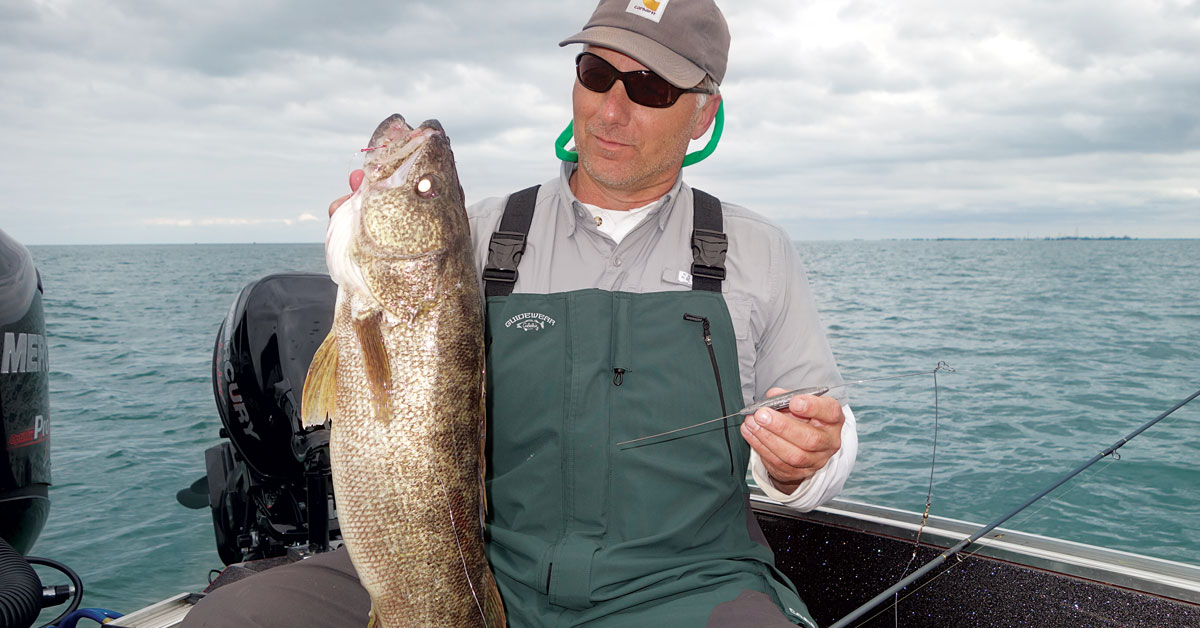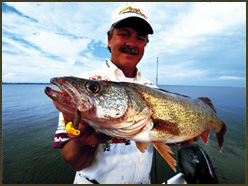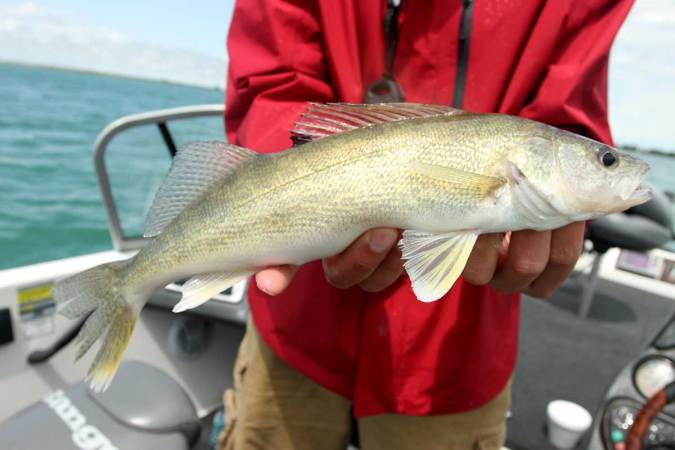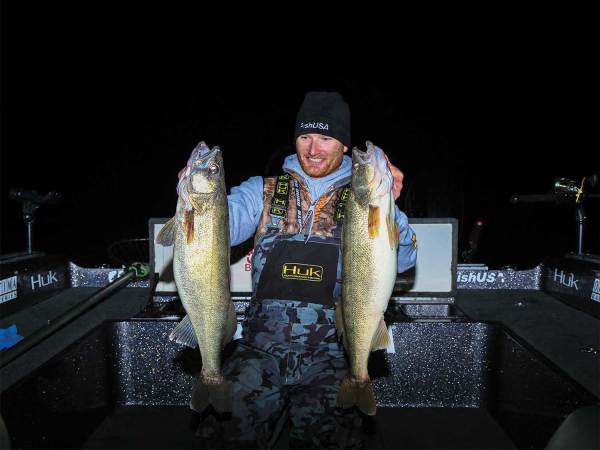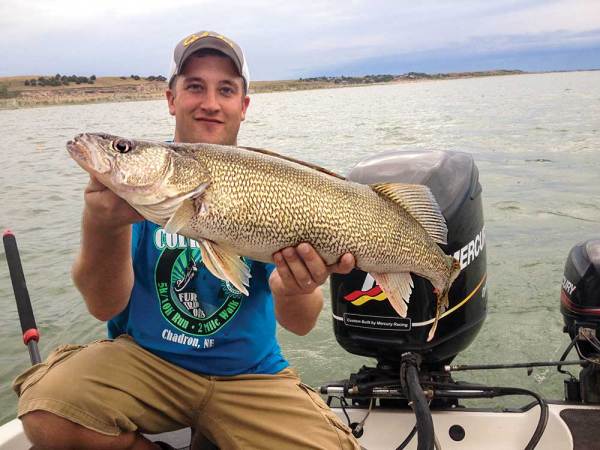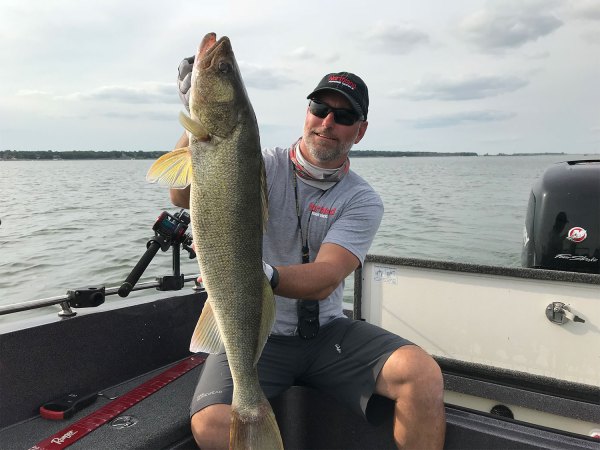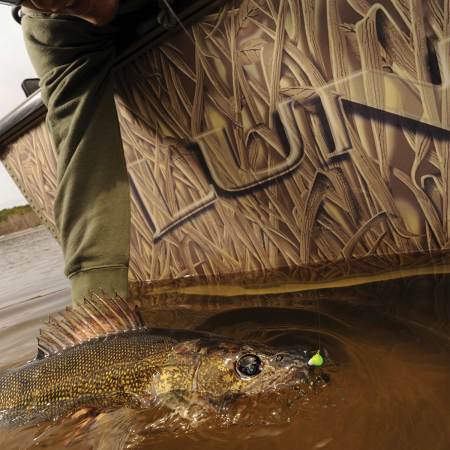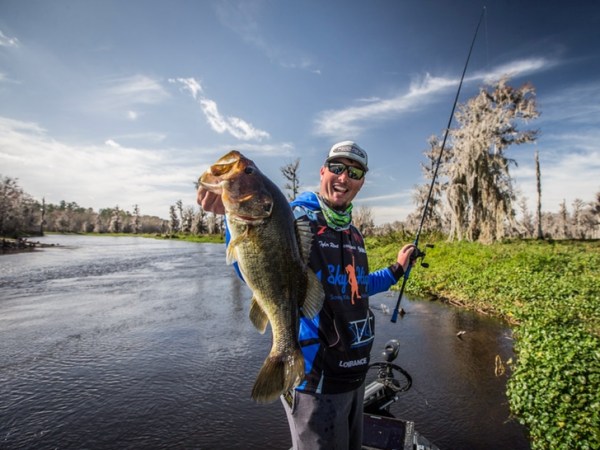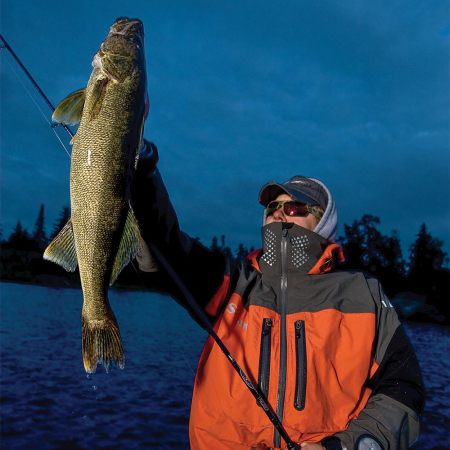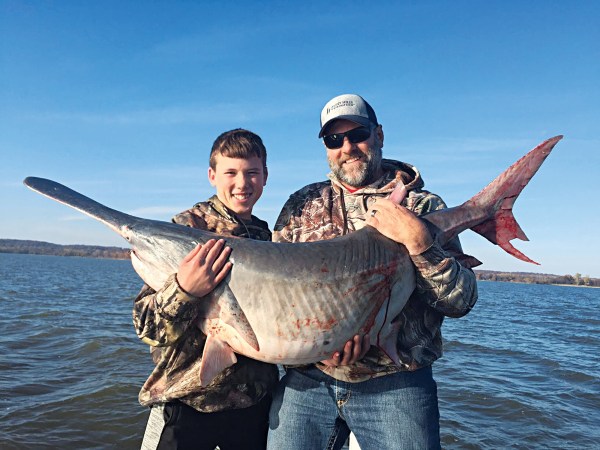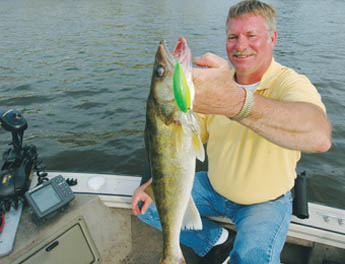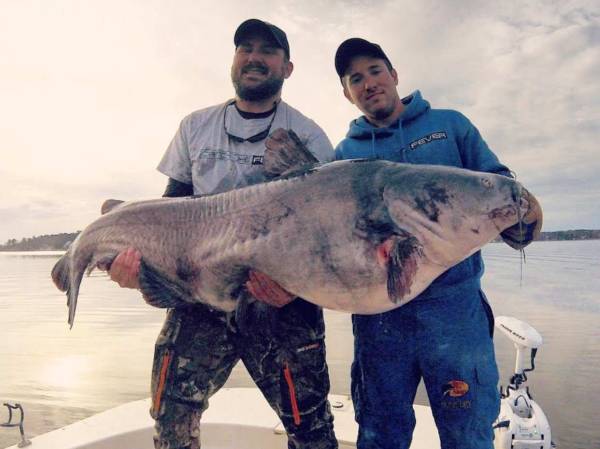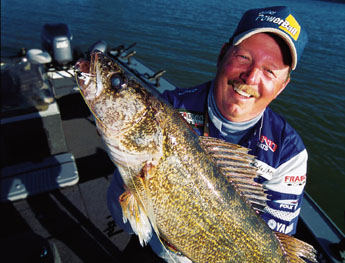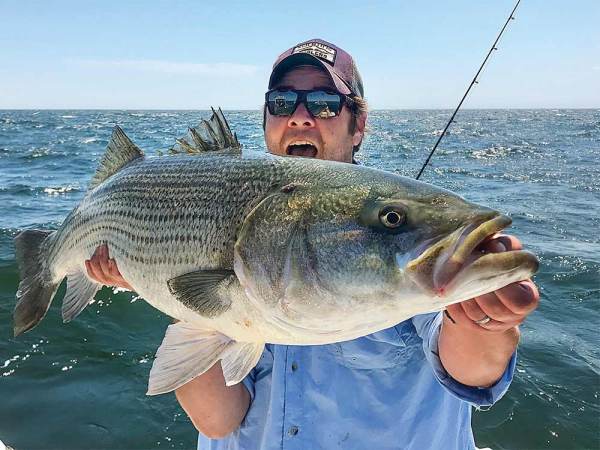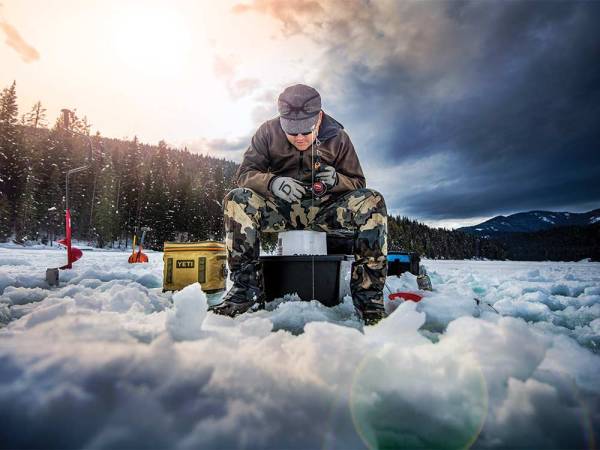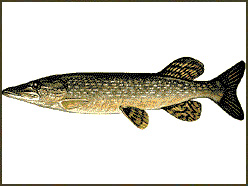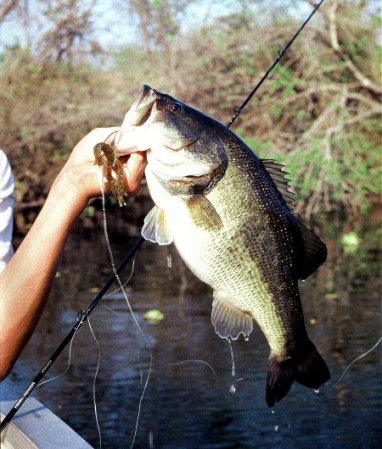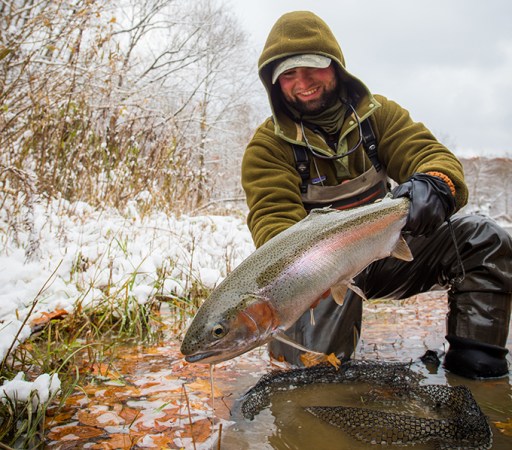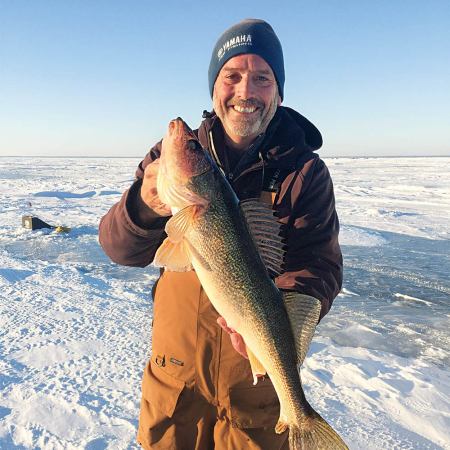1 Torpedo Diver (20 to 60 feet)
“What It Is: Unlike disc-shaped Dipsy Divers, Torpedo Divers are hydrodynamically designed, helping anglers maintain precise trolling depths with a minimal amount of drag. Torpedoes are sold with accompanying dive charts for simple depth calculation, and their website (torpedodivers.com) features charts that are computed for all models and trolling speeds.
“How It Works: Free-spool 20 to 50 feet of line before attaching the sinker, then let out additional line to achieve the desired depth.
Available weights range from 2 to 12 ounces, but the lure’s decreased drag means that you can actually use more weight—without sinking or overpowering your planer board—than is possible with a traditional snap weight or bottom bouncer.
Top Tweaks: My favorite way to fish a Torpedo Diver is with a planer board release and pin or with a reversed clip. I attach it to a 12-inch steel leader, which helps reduce tangling.
2) Bottom Bouncers (20 to 40 feet)
“What It Is: A rather simple-looking piece of bent weighted wire, a bottom bouncer’s weight helps get presentations down, while a wire leg allows it to crawl over structure without snagging.
“How It Works: Heavy, 4- to 8-ounce bottom bouncers can act as a poor man’s downrigger and help to get rigs deep quickly. They work best when suspended right behind the boat, but putting them on a planer board provides a great way to fish multiple lines. In most cases, bouncers greater than 4 ounces should not be used on inline boards but may work with a mast-style big-board setup.
“Top Tweaks: Trolling speed changes cause a drastic variation in diving depth. Knowing how much line is required to hit a targeted depth at different speeds is key. I simply adjust my physical position on the boat. If the dive angle is too steep, for example, I let out line slowly from the bow. Make a mental note of how much line it takes to get your rig to the desired depth.
3) Wire Line (30 to 60 feet)
“What It Is: The popularity of wire-line fishing has come and gone a few times. In the early days, anglers used single-strand wire, which was capable of creating the backlash to end all backlashes. Nowadays, multi-strand wire or copper is the preferred choice. It’s easier to handle, and its thin diameter allows anglers to fish greater depths with smaller lures.
“
How It Works: While many veteran anglers claim it’s the wire line’s harmonic hum that helps attract fish, others believe it is simply the line’s inherent ability to place lures in precisely the same spot on each trolling pass. Wire cuts through thermocline water-density changes far better than either leadcore line or inline weights. Wire line can be spooled to completely fill a reel or segmented in sections as with leadcore.
“Top Tweaks: To prevent damage to both the rod and the wire itself, I replace rod tips with a Twill Tip. This coiled funnel of wire keeps the wire line from getting tangled or kinked.
